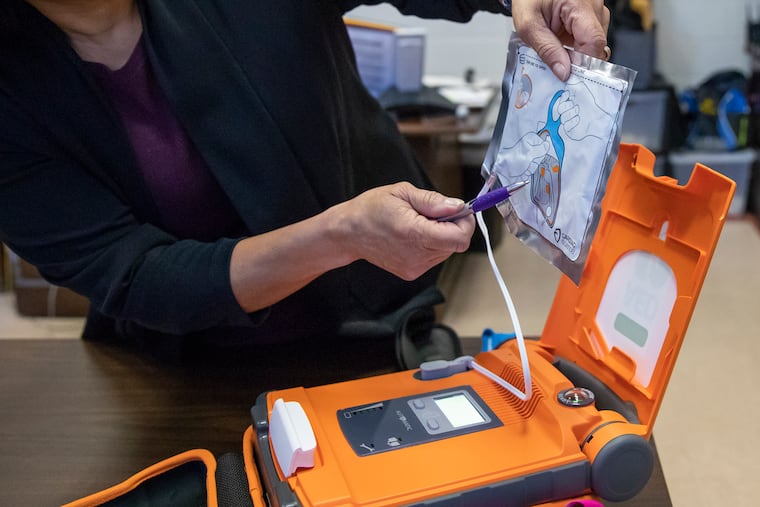Defibrillators should be in every Philly bar and restaurant
I couldn’t save a woman’s life because we couldn’t find one of these small, relatively inexpensive devices.

I couldn’t save a woman’s life because we couldn’t find one of these small, relatively inexpensive devices.
